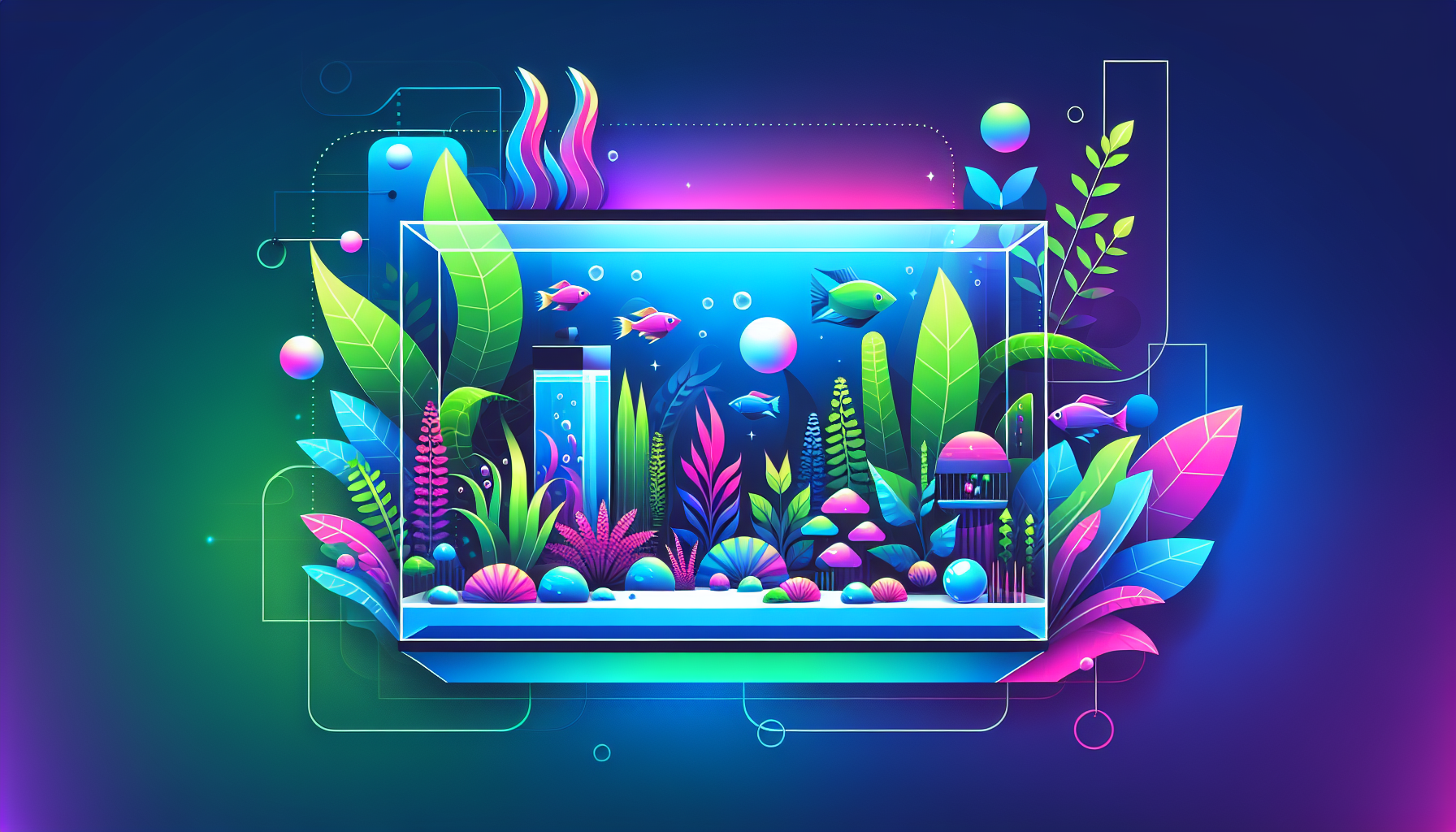Beginner’s Guide to Aquascaping: Essential Tips for a Stunning Aquarium
Are you fascinated by the beautiful underwater landscapes you see online and wondering how to start aquascaping at home? Aquascaping is the art of arranging aquatic plants, rocks, stones, and driftwood in an aquarium to create visually stunning and harmonious aquatic environments. Whether you’re new to the hobby or looking to improve your skills, this guide covers everything you need to know to create your own impressive aquascape.
What Is Aquascaping?
Aquascaping combines creativity, biological knowledge, and artistry to design aquatic landscapes inside aquariums. Popular worldwide, aquascaping draws inspiration from nature, gardening, and even traditional art forms. The goal is not just to keep an aquarium, but to build a living, breathing piece of nature in your home or office.
- Natural Appeal: A well-aquascaped aquarium offers tranquility and is a captivating focal point in any room.
- Life-Supporting: Healthy aquascapes provide habitats for both aquatic plants and fish.
- Personalized Beauty: Each aquascape reflects the aquarist’s unique vision and style.
Essential Elements of Aquascaping
Building a spectacular aquascape starts with understanding the fundamental components:
1. Substrate
The substrate is the foundation of every aquascape. It supports plant growth by providing essential nutrients and acts as an anchor for decorations. Common substrates include aquarium soil, gravel, and sand. Choose a substrate designed for planted aquariums for best results.
2. Hardscape
The hardscape consists of non-living materials like rocks, stones, and driftwood. These elements form the structure and backbone of your layout. Experiment with placements and groupings before filling the tank with water to perfect your aquascape’s balance.
3. Aquatic Plants
Plants are vital for oxygen production, natural filtration, and adding vibrant colors and textures. Beginners may want to start with hardy species like Anubias, Java Fern, or Cryptocoryne. Explore our beginner plant recommendations for more ideas.
4. Lighting
Aquatic plants depend on quality lighting for healthy growth. LED aquarium lights are popular, energy-efficient, and come in varieties suitable for different plant types. Research the light needs of your chosen plants to ensure lush, healthy foliage.
5. Filtration and CO2
Good water filtration keeps the ecosystem balanced and clear. While beginners can start with a basic filter, advanced aquascapers often add CO2 injection to promote thriving plant growth. Learn more in our CO2 systems guide.
Popular Aquascaping Styles
There are several aquascaping styles, each with its own philosophy and look. Understanding these will help you choose the right design for your aquarium:
- Nature Aquarium: Mimics natural landscapes, often featuring lush plants and organic driftwood placement.
- Iwagumi: Emphasizes stone arrangement and simplicity, typically using a single plant species and minimalist design.
- Jungle Style: Dense and wild, this style prioritizes natural chaos and biodiversity.
- Biotope: Recreates a specific natural habitat, including native plants, fish, and layout elements.
Not sure which to pick? Visit our aquascaping styles guide for inspiration and detailed breakdowns.
Step-by-Step: How to Start Your First Aquascape
Step 1: Plan Your Layout
Before buying materials, sketch your aquascape layout. Consider the rule of thirds for aesthetically pleasing composition and decide on focal points with standout elements.
Step 2: Prepare Your Tank and Substrate
Rinse your aquarium and chosen substrate thoroughly. Add the substrate first, sloping it towards the back to create depth.
Step 3: Add Hardscape Materials
Arrange rocks and driftwood, experimenting with different configurations. Take your time—this structural foundation will define your aquascape’s character.
Step 4: Plant Your Aquarium
Use aquarium tweezers to plant taller species at the back and sides, and low-growing carpeting plants at the front. Mist plants with water during setup to prevent drying out.
Step 5: Fill with Water and Set Up Equipment
Slowly fill the tank to avoid disturbing substrate and plants. Install your filter and lighting system, then cycle the aquarium before adding any fish or shrimp.
Step 6: Ongoing Maintenance
Regular water changes, trimming plants, and cleaning equipment are essential. Monitor water parameters and adjust care routines as your planted tank matures. For more details, check our comprehensive maintenance guide.
Common Beginner Mistakes in Aquascaping
Even the best aquascapers started as beginners! Here are some pitfalls to avoid:
- Overstocking with Fish: Add livestock gradually and be mindful of your tank’s bio-load.
- Choosing Demanding Plants: Start with easy species and gain experience before tackling advanced plants.
- Inadequate Lighting: Match your lighting system to the needs of your aquascape style and plants.
- Skipping Maintenance: Consistent care is key to a thriving, algae-free aquascape.
Frequently Asked Questions
Do I need CO2 injection for my planted aquarium?
Not always. Many beginner-friendly plants thrive without injected CO2, but growth and colors may be enhanced with it.
How often should I trim aquarium plants?
Trimming frequency depends on plant types and growth rates; generally, every 1-2 weeks for optimal appearance and health.
Can I use regular soil in my aquascape?
No, always use aquarium-safe substrate to avoid harmful bacteria or chemicals leaching into the water.
Ready to Start Your Aquascaping Journey?
With the right knowledge and a creative mindset, anyone can build a breathtaking aquascape. Dive deeper into our tutorials for more tips, inspiration, and detailed step-by-step guides. Subscribe to the Aquascaping Academy newsletter and join our community of passionate aquarists today!



